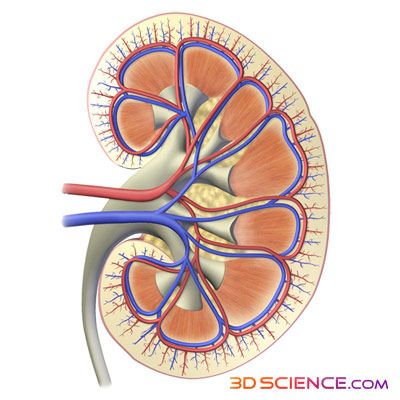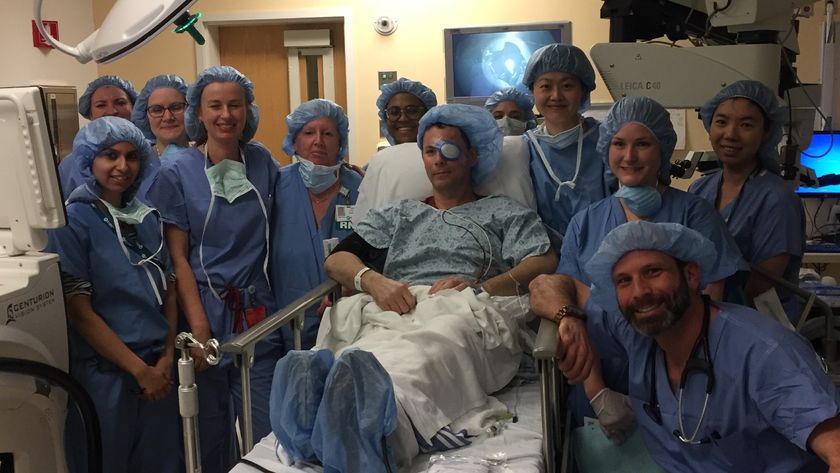Donating a Kidney Doesn't Shorten Donor's Life

People who donate one of their kidneys are likely to live just as long as someone with two healthy kidneys, assuming they survive the initial somewhat riskier period.
A new study, which involved more than 80,000 live kidney donors in the United States and looked at survival rates over a 15-year period, is the first to use data from a national level, rather than from single-transplant centers with similar populations.
"Whatever happens when people donate kidneys, on average, it doesn't affect the rest of their lives — and that has never been shown before in a study of this size and scope," said study author Dr. Dorry L. Segev, a transplant surgeon at the Johns Hopkins University School of Medicine.
However, the findings do show a higher rate of death in the first 90 days after surgery for the live kidney donors compared with the control group. And certain subgroups have a greater mortality risk over the long-term than others.
The researchers deem the procedure safe, and encourage it to continue as more studies are conducted to better understand the physiological changes that occur after organ donation.
The organ shortage from deceased donors has caused many patients with end-stage kidney disease to turn to transplants from live donors. More than 6,000 healthy U.S. individuals every year undergo surgery to remove a kidney for donation purposes. However, the medical community needs to assess the surgical risks as best they can in order to properly inform potential donors.
Segev and his colleagues examined the outcomes of 80,347 live kidney donors between 1994 and 2009 who were drawn from a mandated national registry, and compared the results to data from 9,364 participants of the third National Health and Nutrition Examination Survey (NHANES III), which was conducted by the Centers for Disease Control and Prevention between 1988 and 1994.
Sign up for the Live Science daily newsletter now
Get the world’s most fascinating discoveries delivered straight to your inbox.
There were 25 deaths within 90 days of live kidney donation, putting the risk of death at 3.1 per 10,000 donors, compared with 0.4 per 10,000 persons for the NHANES III group.
After five years, the mortality rate was similar for both groups. And after 12 years, the live kidney donors actually had a lower mortality rate (1.5 percent) than those in the control group (2.9 percent).
Among the kidney donors, men had a higher risk of death than women (5.1 deaths per 10,000 cases for men versus 1.7 per 10,000 for women), and Blacks had a greater risk of death than other racial groups over the total study period. However, both subgroups (men and Blacks) typically have a higher risk from surgery in general.
Kidney donation is just as safe, or safer, than other surgeries, the researchers say. For example, the mortality rate for gallbladder removal is around 18 per 10,000 cases.
"While there are never any guarantees with surgery, donating a kidney is safer than undergoing almost any other operation," Segev said in a statement.
The results are published in the March 10 issue of the Journal of the American Medical Association.
- How Do Kidneys Work?
- Great Debate: Should Organ Donors Be Paid?
- Body Part Theft: Truth vs. Myth












